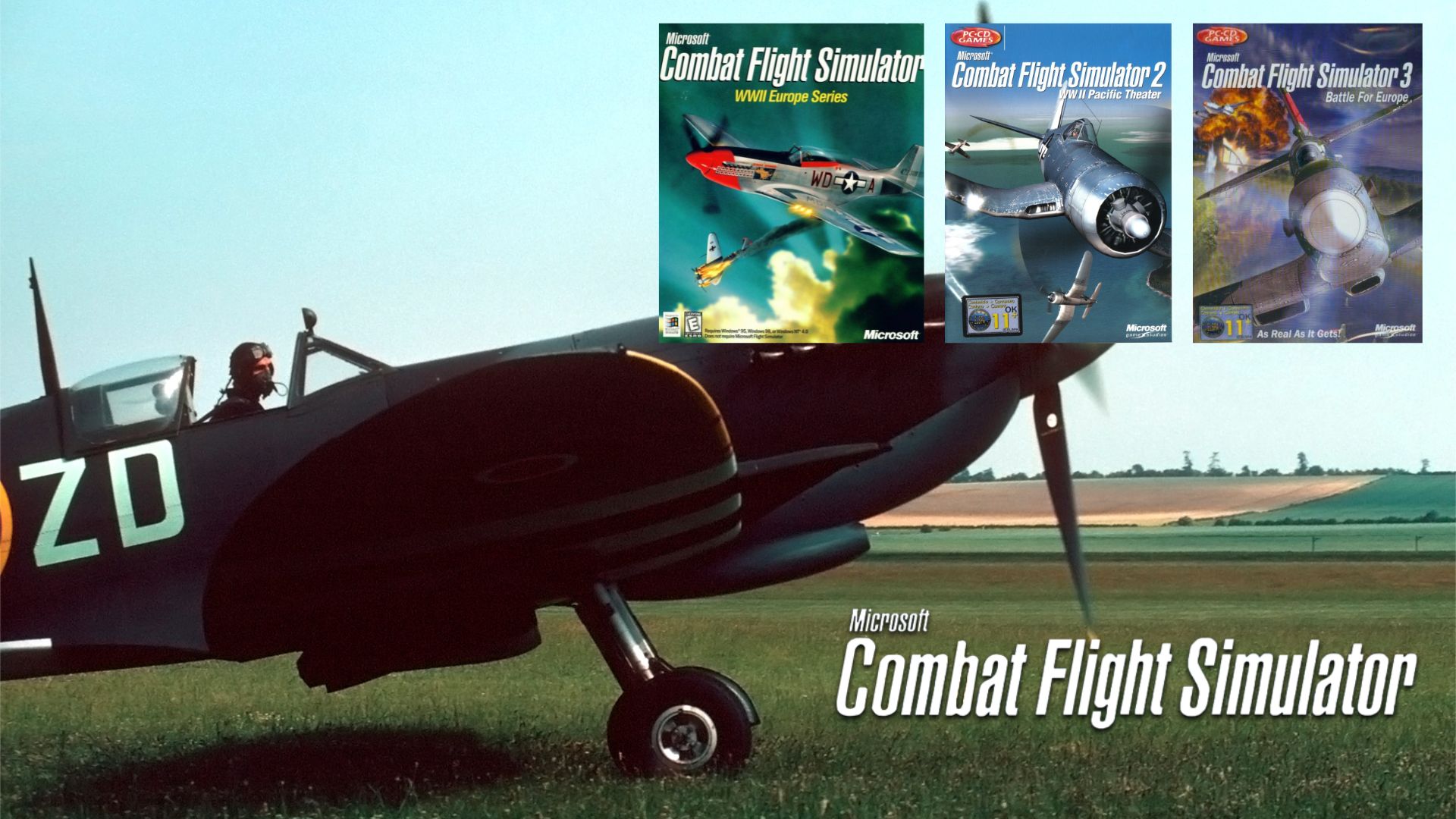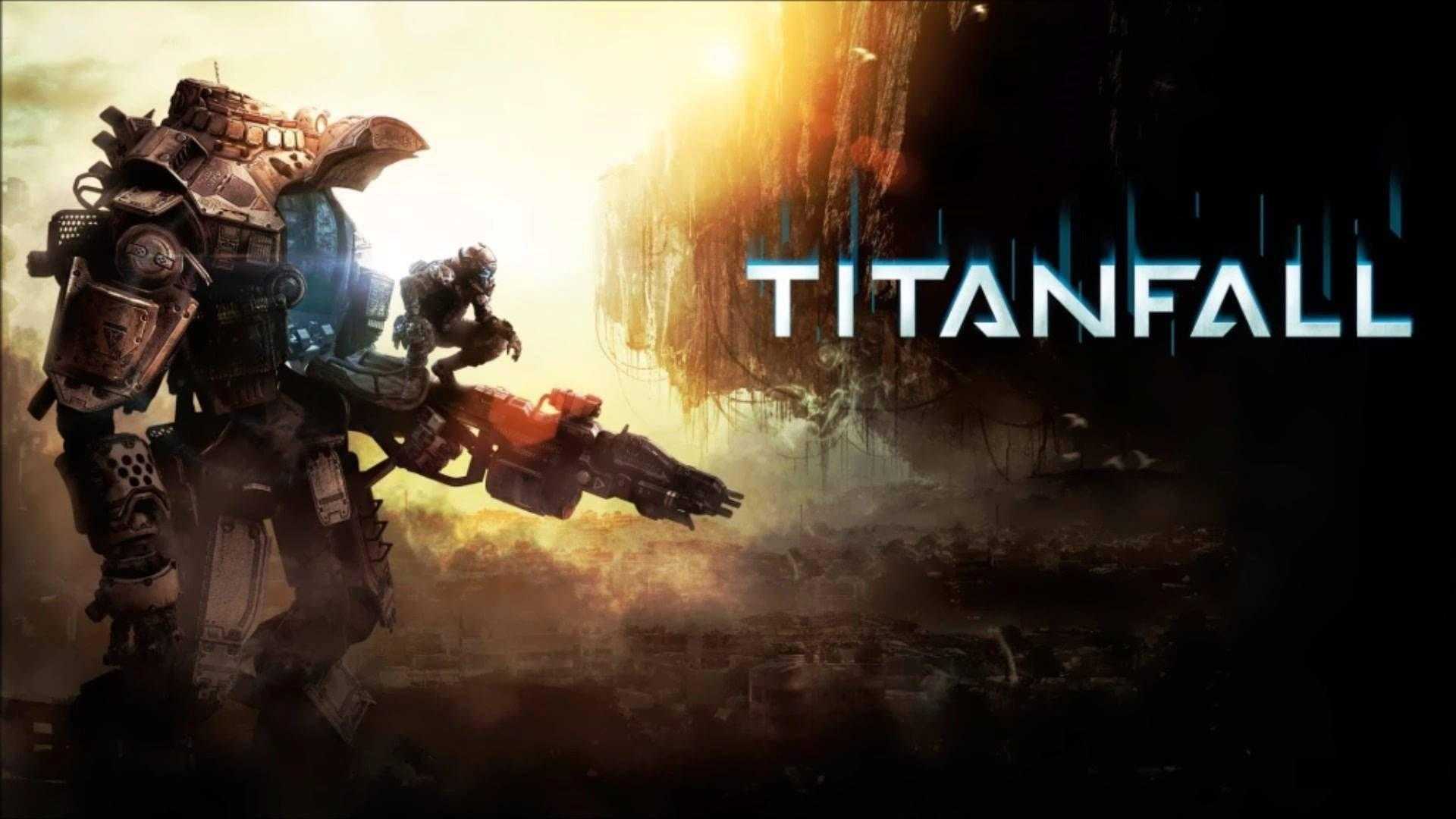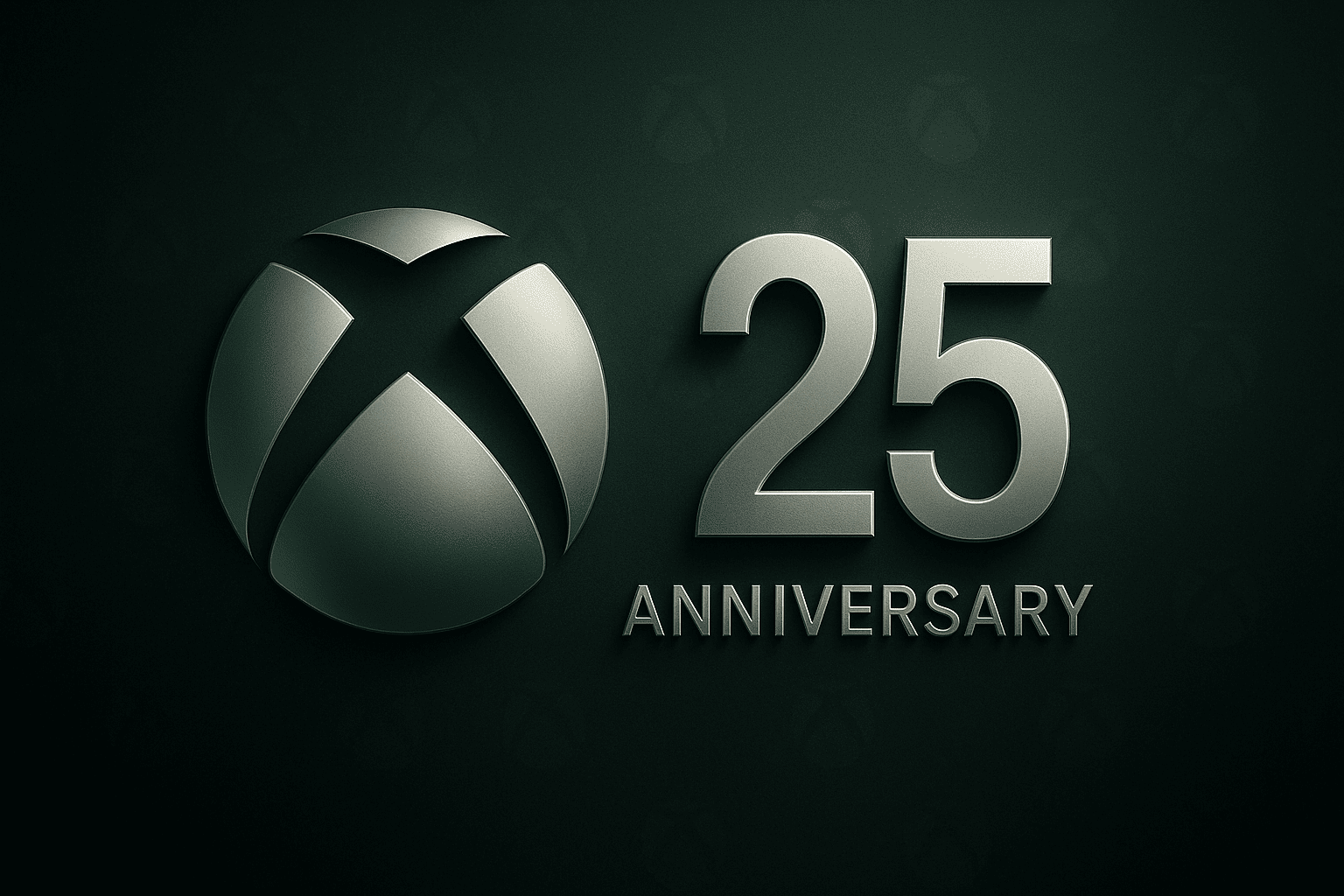With a cloak of nostalgia, we recall when Microsoft still put guns on its flight simulators.
More stories in the category Editorial
- The legacy in the form of masterpieces that Vince Zampella leaves us
- Caution when redeeming many Xbox gift cards: several users report account blocks
- Never played Assassin’s Creed? This is the one you should try first on Xbox Game Pass
| Don't miss anything and follow us on Google News! |
Years ago, I set out to write an article for this same website about one of the simulation sagas that had attracted me the most at the time: Combat Flight Simulator, a franchise that seems to be completely forgotten by Microsoft today.
The truth is that since those days when I wrote that first editorial, two new Microsoft Flight Simulators have been released, and I’d be lying if I said I didn’t have a brief hope that someone at Asobo would say, “Wouldn’t it be great to try a new Combat Flight Simulator?” Even if it’s just as an expansion or something similar, but this is something that, at least until today, hasn’t happened. With my dreams in a suitcase, I’d like to tell you, who may not have known about this IP due to your age, or you who played it back in the day and feel a unhealthy nostalgia, what this franchise was all about, which sought to bring aerial simulation to the dangerous skies of different territories during World War II.
Beyond Peaceful Skies
The presence of combat aircraft in Microsoft’s simulation titles dates back to the first Microsoft Flight Simulator in 1982, which included the Sopwith Camel, an iconic aircraft from World War I, among the available aircraft. But if we’re talking about combat itself, we have to go back to the 90s, a very propitious time for PC for all things combat simulation, with Jane’s at the forefront, an Electronic Arts label that seemed to understand exactly what simulation enthusiasts wanted.
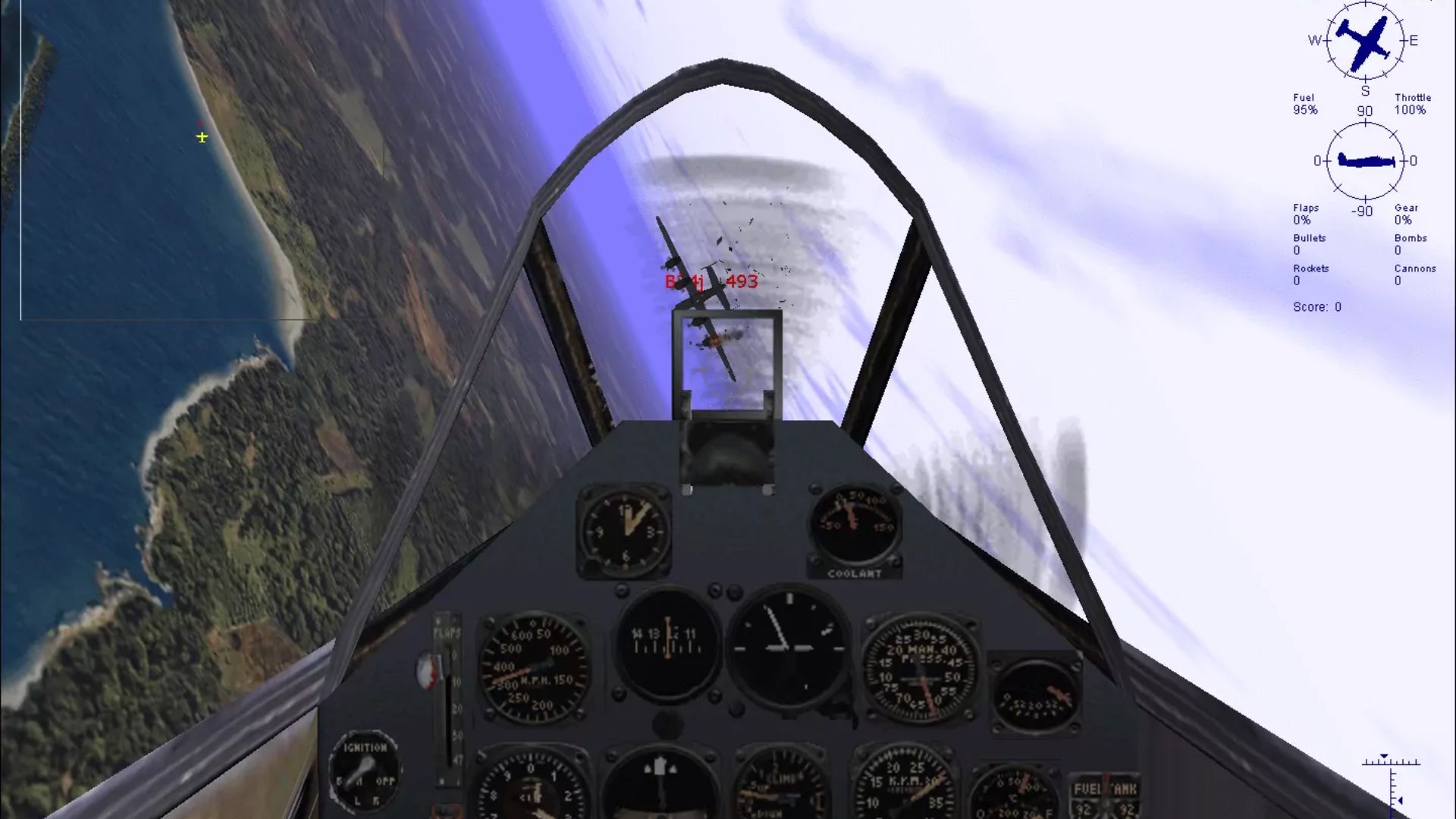
A New Combatant Takes Off
In November 1998, Microsoft’s first foray into the world of aerial combat arrived, with the backing of its already established Flight Simulators. Microsoft Combat Flight Simulator took virtual pilots to the action-packed skies of Europe during 1939 and 1945. The title featured two main campaigns, one representing the Battle of Britain, which allowed players to fly in the RAF’s Spitfires to defend the English coast or sit in the cockpit of a Messerschmitt 109 and try to fulfill the Luftwaffe’s dream of dominating the skies over the UK.
On the other hand, the other campaign pitted American P-51s against Luftwaffe aircraft over various points in Europe at different times during the war. Incredible as it may seem, the title already included an online multiplayer option through the Internet Gaming Zone.
The title sold a whopping 450,000 copies and was even considered for release on the Sega Dreamcast, a project that was ultimately scrapped and only came to light years later when a group of fans managed to get the version working on Sega’s last console. The plan to bring the title to consoles continued, with an attempt to release it on the original Xbox, which also never materialized.
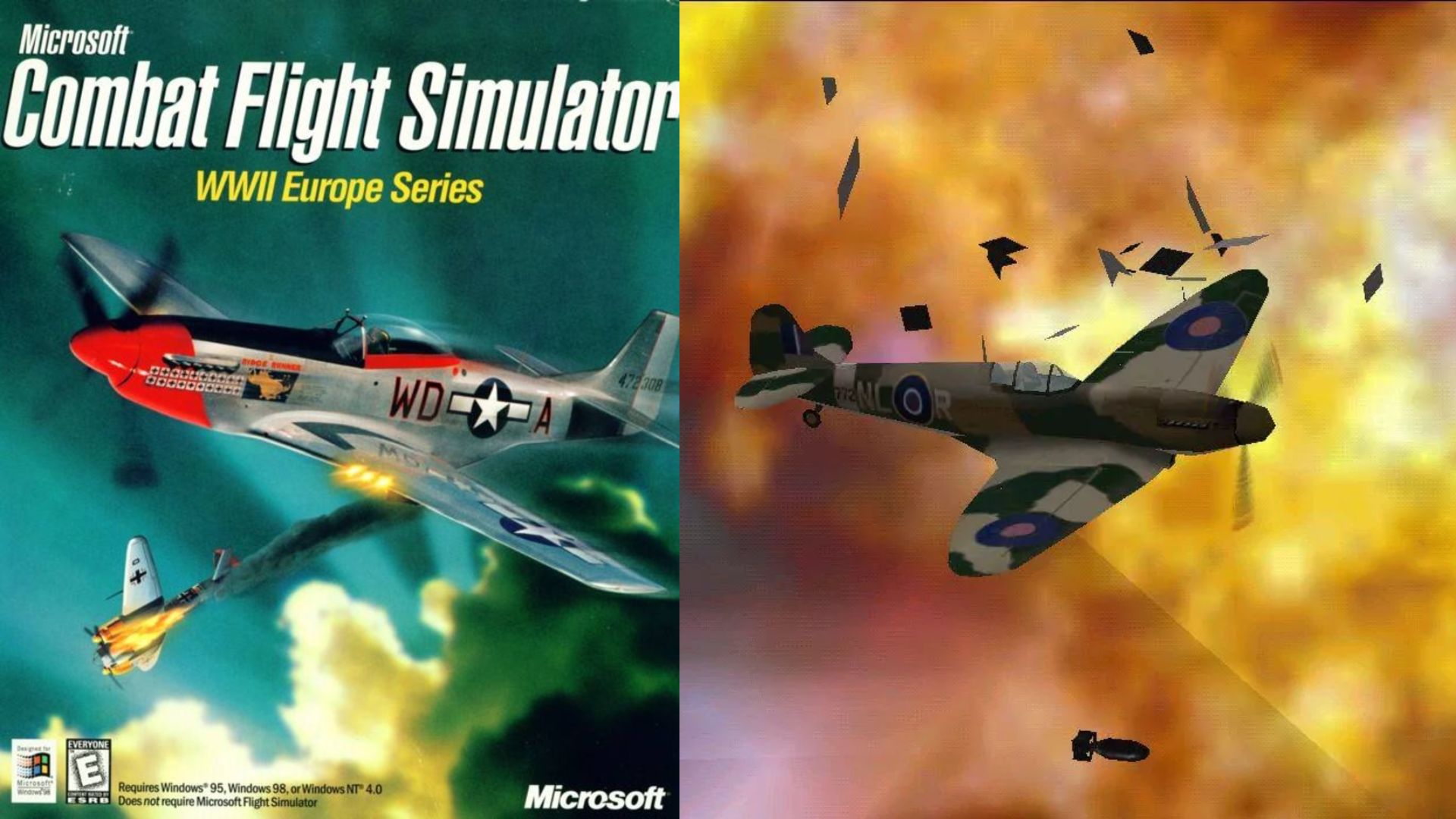
The Action Moves, But It’s Far from Over
By 2000, with the arrival of a new Flight Simulator, Microsoft released the sequel to its combat title, Combat Flight Simulator 2: WW II Pacific Theater, where the action took place in the equally dangerous skies of Asia and Oceania, and already boasted significant graphical improvements as well as new aircraft for the US and Japanese forces.
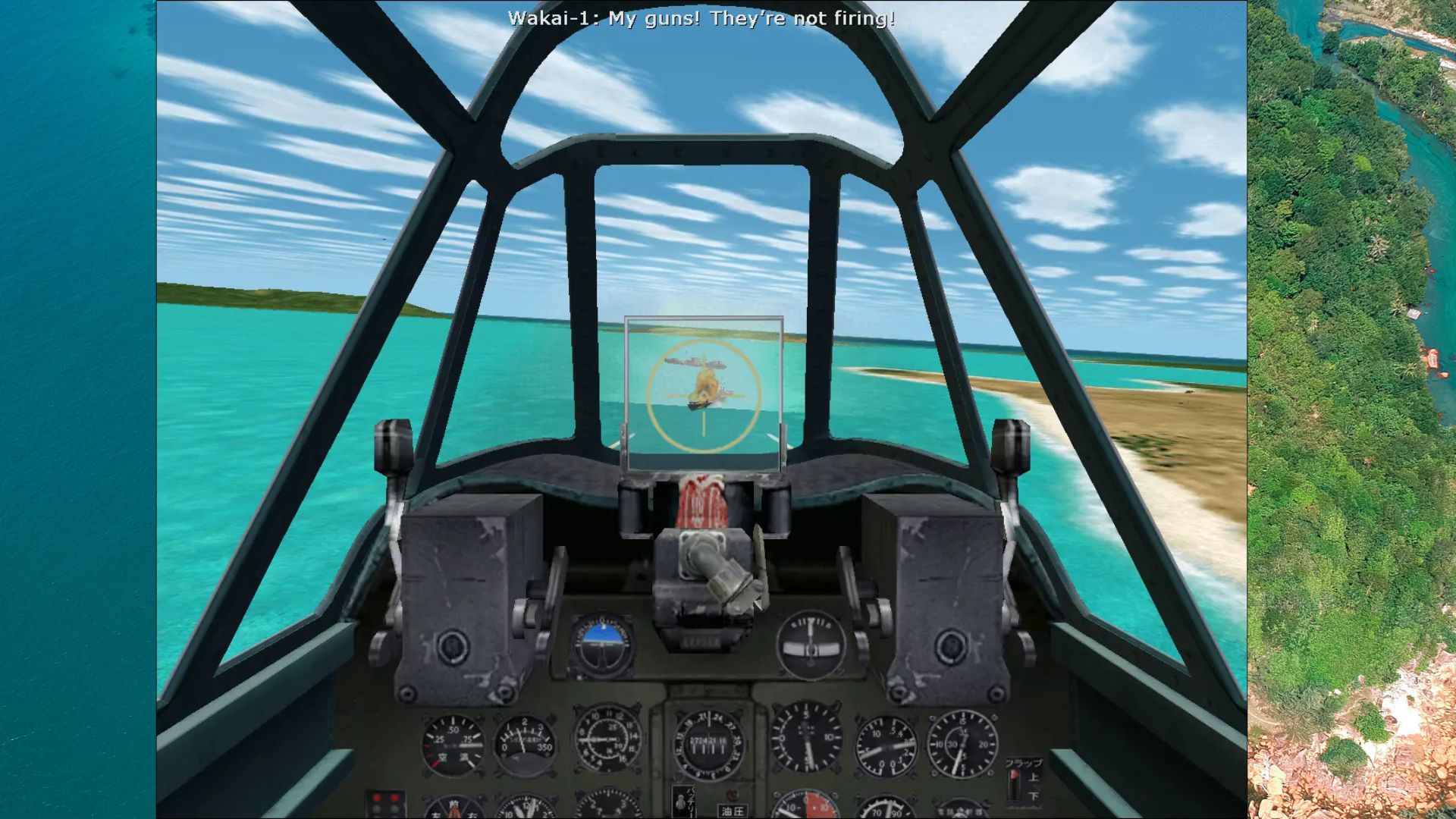
The title placed a lot of emphasis on carrier operations and attacks on ships, which required new skills even for those who already had a solid grasp of the aircraft from the first installment.
The campaign’s story was presented in a comic book-style format, which felt a bit odd given the rest of the title’s realism, but somehow worked well and made the narrative quite interesting.
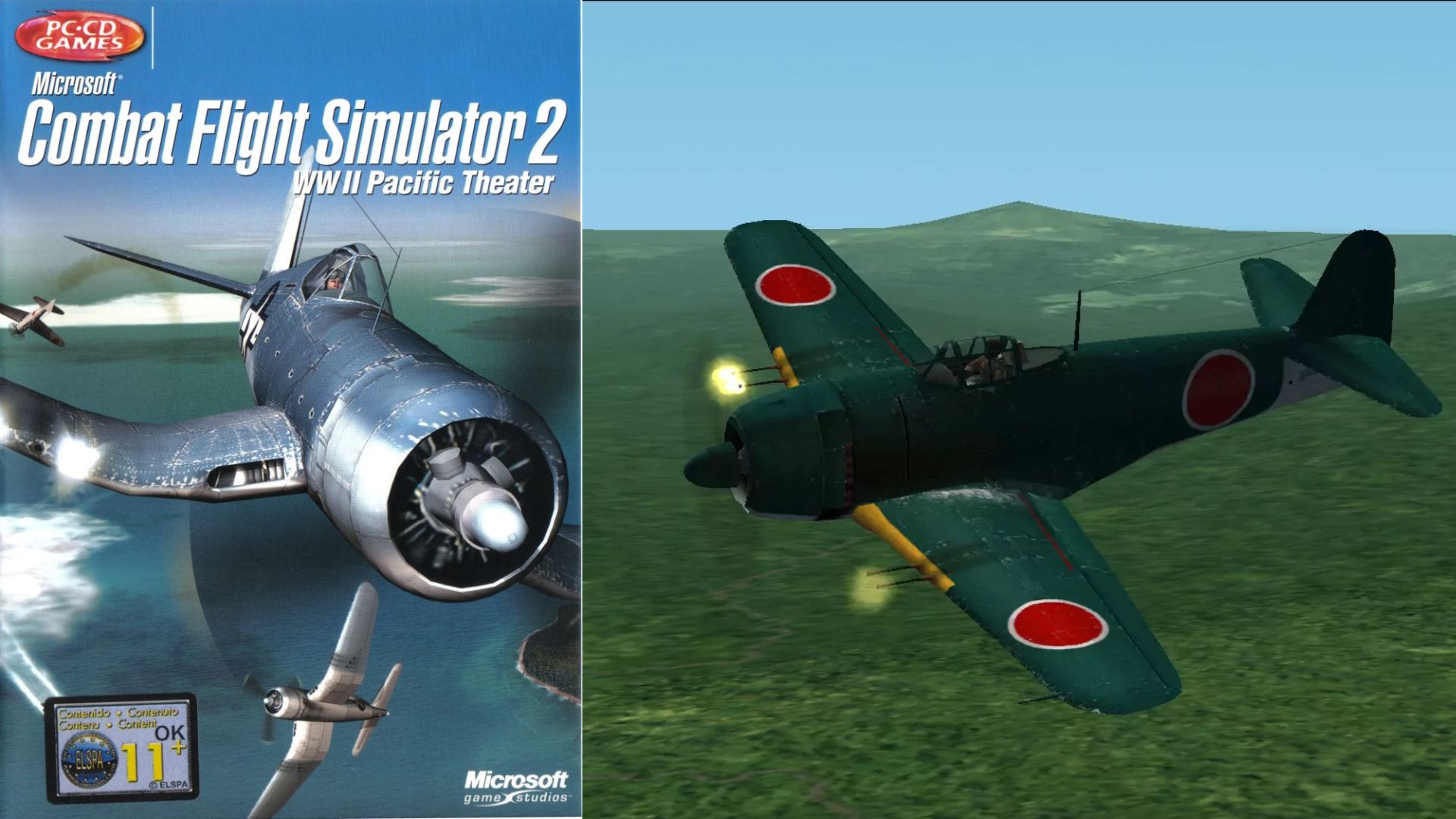
The End of an Era
Just two years later, Combat Flight Simulator 3: Battle for Europe arrived, which would be the final installment in the series to this day. In this release, the action returned to Europe, still within the same historical period as the first two installments, and allowed players to occupy the cockpits of various German, British, and American aircraft. Notably, the selection of aircraft was the most extensive in the series, with 18 aircraft, including bombers, which allowed players to exit the cockpit and occupy different gunner positions or even act as a bombardier, as well as the first combat jets, such as the German Messerschmitt 262.
What fascinated me about this title, and something that went completely unnoticed, which is a crime in itself, is that the simulator featured a dynamic campaign system; that is, the success or failure of the missions in which the player participated affected the course of the war, potentially even changing history, slowing it down or speeding it up. Unfortunately, the system was a bit complex to understand, but when it was grasped, everything took on a new relevance, and it’s a system that, refined, would be a huge success today.
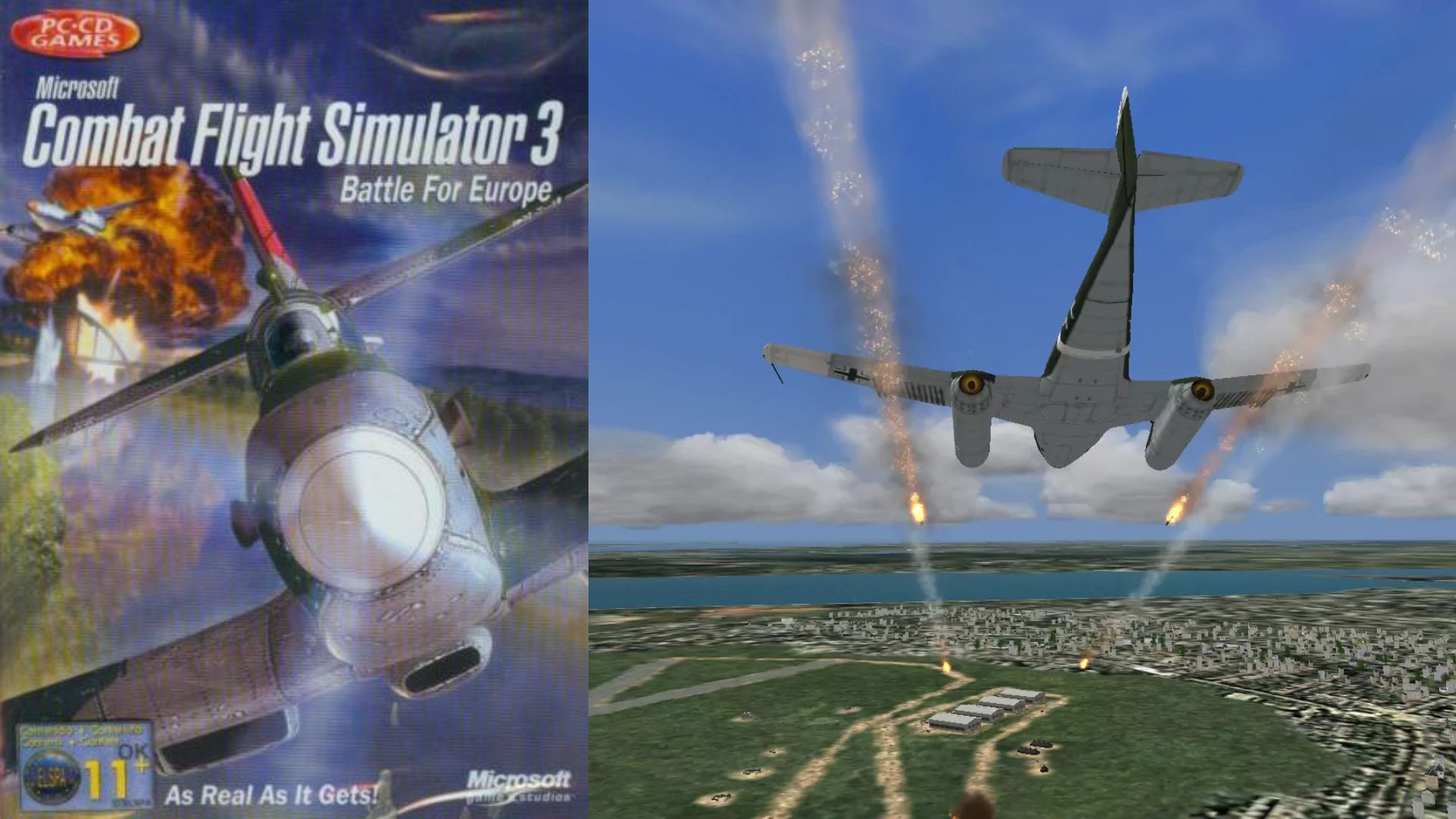
Today, the world of combat simulation is largely dominated by DCS, which is free-to-play (with exceptions, of course), and the long-standing, but constantly updated IL-2. Fans seem satisfied, but the truth is that a new participant with Microsoft’s experience and the confidence gained from the renewal of Microsoft Flight Simulator in recent years would be a great addition to the current landscape. What do you think?



